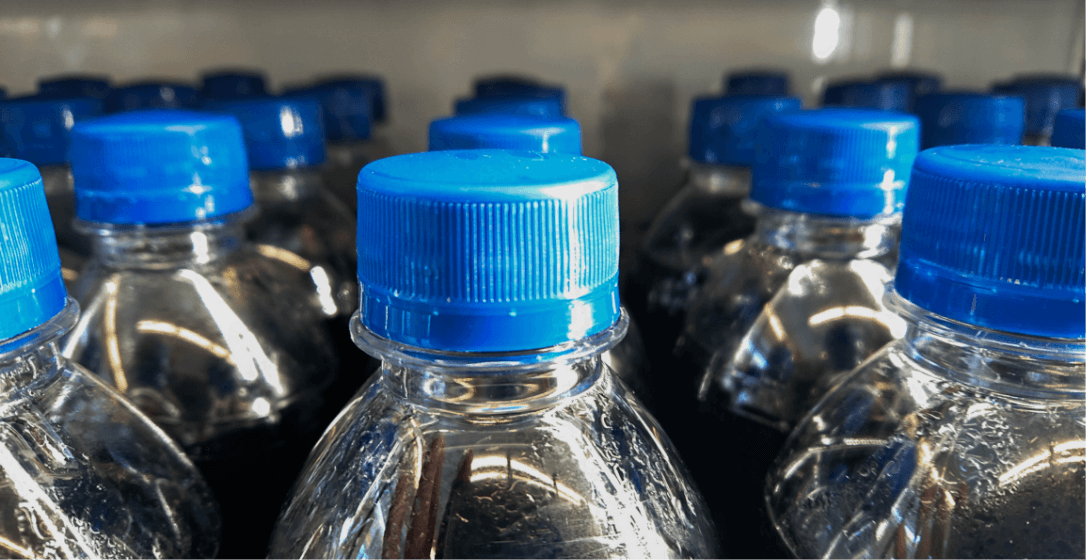tons of CO2e mitigated
lbs of BOD removed
average monthly savings
The Challenge
PepsiCo has embarked on a 2030 business transformation that puts the environment and human capital at the center of the business choices that are made. They are committed to becoming net water positive by 2030 and achieving net-zero emissions across the entire value chain by 2040. As part of this, they were looked for cost-effective and sustainable alternatives to improve the existing wastewater management at one of their bottling facilities. They needed a technology that could address operational challenges while simultaneously bringing water efficiency and climate benefits. The primary operation at this facility is bottling, and they also have crusher operations which recover expired products to recycle bottles and cans. The incoming crusher wastewater includes a diverse and variable array of different beverage products including sodas, energy drinks, teas, and ready-to-drink coffee.
- A small-volume waste stream that contained nearly more than 60% of the total organic concentration sent to the drain was more than doubling the sewer surcharges
- Depending on the time that the city tested wastewater, costs could vary significantly based on concentration levels
The Solution
PepsiCo was interested in Aquacycl’s BioElectrochemical Treatment Technology (BETT®), a modular, onsite wastewater treatment as a service which guarantees permit compliance while mitigating up to 90% of greenhouse gas (GHG)emissions. Aquacycl and PepsiCo installed a demonstration project to validate the business case for using BETT to treat wastewater. The system was equipped to treat half the volume during the demonstration stage and was validated over a 7-month period showing reliability and cost savings across a variable range of operational conditions. During the demonstration period, PepsiCo and Aquacycl agreed on the following KPIs: removal of 800 pounds (lb) Biological Oxygen Demand (BOD) per day when incoming BOD was greater than 60,000 mg/L or 85% BOD removal when BOD was lower than 60,000 mg/L.
- Aquacycl’s BioElectrochemical Treatment Technology system, housed in a 40-foot shipping container
- Remote monitoring and control
- All system operations, maintenance and sludge management
The Results
The system demonstrated removal rates that exceeded KPIs, with BOD removal of more than 1,350 lb/day and Total Suspended Solids (TSS) removal of up to 140 lb/day. The system performed well under variable organic loads and wastewater compositions, with inflow BOD as high as 149,500 mg/L, which was over twice the expected concentration. PepsiCo was able to recognize both sustainability and operational benefits of the system. By improving the quality of discharge, they continued to demonstrate their role as leaders in corporate water stewardship and demonstrate progress on their water and climate-related commitments. By treating onsite and relieving the receiving utility of the burden of treatment, the system mitigated 100 tons of greenhouse gas emissions per month.
Removal rates that exceeded KPIs
- Over 1,000 tons of CO2e mitigated
- Removed about 474K lbs of BOD
- Slightly under 400K kWh saved by the city for treatment
- 23% average monthly savings
Predictability of wastewater treatment costs
- Reduced risk of potential production disruptions
- Reduced surcharge costs and variability
Reputational Outcomes
- Improved quality of discharge continued to demonstrate leadership in corporate water stewardship
- Helped maintain a positive relationship with the utility by avoiding significant BOD discharge to sewer
- Implementation of new technology that demonstrated impact achieving water and climate-related commitments
Peace of Mind
- The guaranteed performance, hands-off operations and 24/7 remote monitoring and control provided peace-of-mind, without requiring additional personnel on staff to manage it
“I think this is going to blow up. I’m excited about this one.”
Ben Duncan
Fresno’s PepsiCo Manufacturing Leader on Aquacycl’s BETT technology







